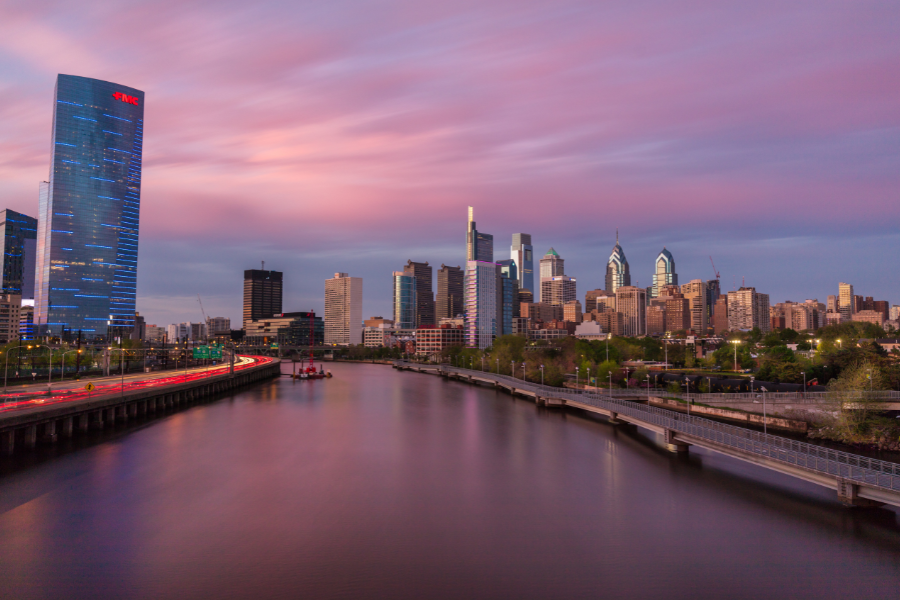The History of Fishtown, Philadelphia
The Rich History of Fishtown
Fishtown’s Early Days
The history of Fishtown begins on the water. Fishtown sits within the triangle created by the Delaware River, Frankford Ave. and York St., just three miles northeast of Center City. With such an authentic vibe, it’s hard to imagine this neighborhood has worn so many masks. Before Fishtown was a hotbed for beer connoisseurs and yogis, it was indeed a fish town .
In the 1700s the town adopted its deserved name from early settlers who were mostly English and German fishermen. The bounty of shad fish living in the Delaware River prompted these settlers to buy out the Leni-Lenape tribe for their land and grow roots. Over the next century, five families from the original colonists bought or leased plots along the shore. By 1875, these families controlled both sides of the 100-mile stretch of river. These working-class fishermen set the tone for the community for centuries to come.
Post-Industrialization
Industrialization was the leading force of Fishtown’s economy. Industries ranging from textiles to shipbuilding to electrical power plants made Fishtown the quintessential spot to find work and take up residence in the early 1900s. It was not until after the Great Depression and WW2 that the Fishtown and the city of Philadelphia has a whole, found themselves in a deindustrialization crisis. Deindustrialization is the process of social and economic change, which is due to the reduction in industrial capacity.
Without the means for industrial growth, the job opportunities ran out, and the early settlers headed for the suburbs. Those who stayed only did so because they could not afford the transition. Soon, Fishtown became one of Philadelphia’s most undesirable places to live. For the last 30 years, the once prospering neighborhood has been littered with vacant buildings and infested with crime.
Until now.
Fishtown’s Revitalization
Today, more than half of the residents in Fishtown now work in professional occupations, up almost ⅔ from two decades ago, according to a 2016 report from Pew Charitable Trusts . This means that the previously working-class filled community now has a more educated population. Progress follows education.
Fishtown has made a miraculous comeback physical as well. The streets are clean and the walls are painted. The transformation spurred from higher-income creatives who saw potential and took advantage of the affordable properties. Progressive millennials and baby-boomers alike entered the community and replaced old businesses with new ones.
Today, Fishtown is home to some of the city’s hippest residents, restaurants and recreation.
Frankford Avenue quickly rose as the new retail and social hub of the community. It is boasting coffee shops and wine clubs , foodie favorites like taco, http restaurants and even a Lululemon . Not to mention Johnny Brenda’s , the all-encompassing bar that serves locally brewed beer and farm fresh meals until 1 a.m while showcasing live music.
Few neighborhoods have gone through changes as dramatic as Fishtown. The water-front settlement turned crime-ridden community is now a snapshot of Philadelphia’s best.





